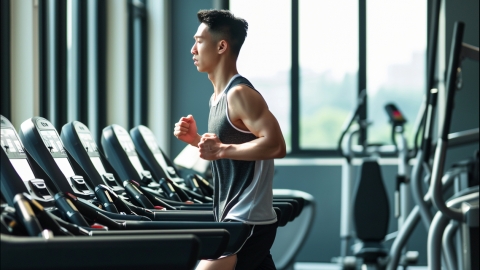Can patients with cholecystitis exercise?
In general, whether patients with cholecystitis can exercise depends on the specific condition of their illness. If any discomfort occurs, it is recommended to seek medical attention promptly. The detailed analysis is as follows:

During remission or recovery phases of cholecystitis, when there are no symptoms such as abdominal pain or nausea, moderate physical activity is acceptable. Low-intensity exercises such as walking, jogging, and yoga can improve blood circulation, help maintain normal digestive function, strengthen overall physical health, and prevent decreased immunity due to prolonged bed rest. However, exercise duration should be controlled—around 30 minutes per session is advisable.
During acute episodes of cholecystitis accompanied by obvious symptoms such as abdominal pain and fever, exercise is not recommended. At this stage, the gallbladder is in a state of congestion and swelling; physical activity increases oxygen consumption and may stimulate gallbladder contraction, worsening inflammation or causing more severe discomfort. Bed rest is necessary until symptoms have completely subsided, after which exercise can be gradually resumed.
In daily life, avoid exercising on an empty stomach or immediately after eating to prevent abnormal gallbladder contractions. If abdominal discomfort occurs during exercise, stop immediately and rest. Exercise plans should progress gradually—sudden increases in intensity should be avoided. If uncertain about the type or intensity of exercise, consult a doctor for personalized advice.










